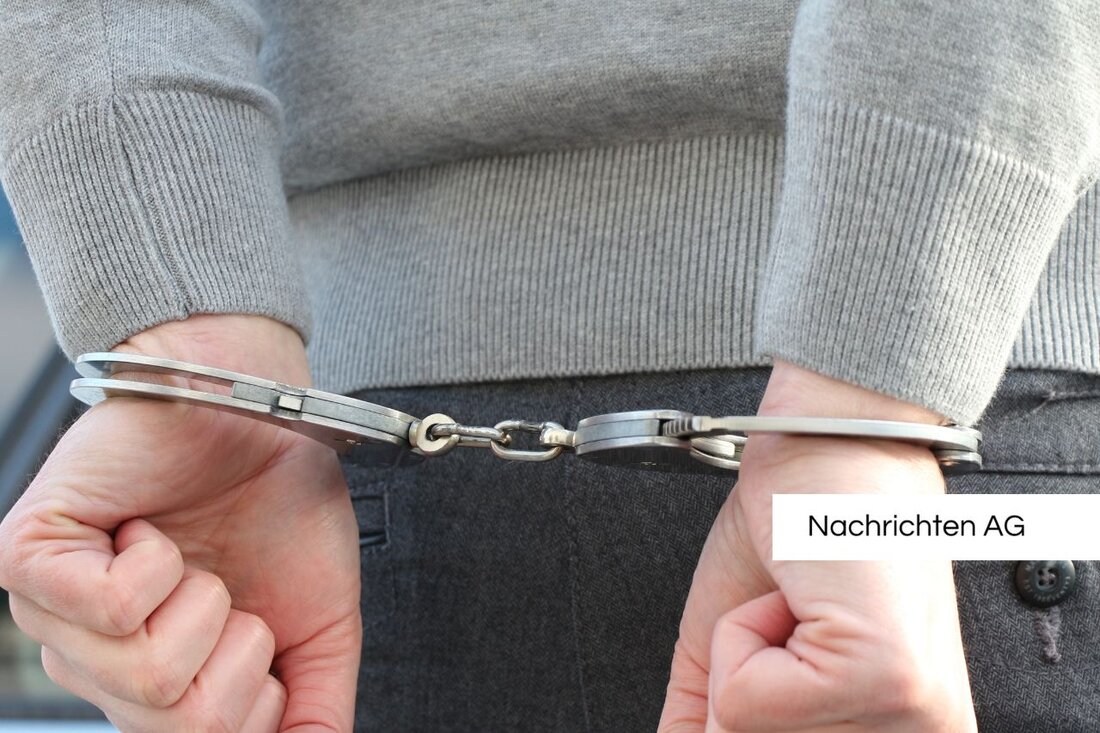Stumbling blocks in Berlin: Commemoration of the Brod and Lewin families!
On September 24, 2025, Gunter Demnig will lay stumbling blocks in Friedrichshain-Kreuzberg in memory of Nazi victims and their history.

Stumbling blocks in Berlin: Commemoration of the Brod and Lewin families!
On September 24, 2025, a moving memorial service will take place in Friedrichshain-Kreuzberg: the artist Gunter Demnig will lay seven stumbling blocks. These stones are part of his art project, which began in 1992 and is a reminder that many people were persecuted and murdered during the Nazi era. According to district mayor Clara Herrmann, the relocation plays a crucial role in the fight against forgetting.
The event will take place at 10:35 a.m. at Mariannenstraße 29, 10999 Berlin. Five of the stumbling blocks commemorate the Brod family: David Chaim, Helena, Gertrud, Rosa and Alfred. David, born in 1873 in Zolkiew (now in Ukraine), worked as a shoemaker in Berlin and ran a successful shoe shop with his wife, Helena Meshel, after they moved to Berlin in 1898. But when the National Socialists came to power, the family had to suffer from the boycott of Jewish businesses from 1933 onwards.
The fate of the Brod family
The persecution of the Brod family reached tragic proportions. Rosa emigrated to Central America in 1938, while David and Alfred were arrested and deported to Poland on October 28, 1938 as part of the so-called “Polish Action”. Helena was expelled in the summer of 1939; Their trace is lost in Lemberg in 1942. The fate of Gertrud, who was deported from Berlin to Auschwitz and murdered on March 1, 1943, ended tragically. Lisa survived in Paris, and Sara was spared deportation thanks to her marriage to an “Aryan”.
At 11:35 a.m., another stumbling block will be laid at Weichselstrasse 27, 10247 Berlin, commemorating Kurt and Ella Lewin. Kurt Lewin, born in 1885 in Labes (now Poland), was a businessman and married Ella Eisenstaedt in 1910. From 1933 onwards, the couple were subject to discrimination and had to move into a forced apartment in 1941. Kurt was forced to do forced labor for the Deutsche Reichsbahn. Both were deported to Auschwitz on February 26, 1943 on the “30th Osttransport” and murdered there.
The stumbling blocks in context
Stolpersteine are square brass plaques that are embedded in the ground to commemorate the victims of National Socialism. This type of commemoration is now widespread throughout Germany and in 31 other European countries. The first laying took place in Cologne in 1992, and over 100,000 stumbling blocks have now been laid across Europe. The initiative is considered the largest decentralized memorial in the world.
The project is financed by donations; a stumbling block costs around 120 euros. The texts on the stones usually begin with “Here lived…” and are reminiscent of the victims’ last chosen place of residence. There is a remarkable density of stumbling blocks in Germany: there are over 9,300 in Berlin, which are often the target of vandalism. Critics, including former head of the Central Council of Jews, Charlotte Knobloch, raise concerns about the move, while others emphasize the need for remembrance.
On November 9th, the anniversary of Kristallnacht, supporters traditionally gather to polish the stones. This commemoration and the laying of the stumbling blocks are part of the ongoing efforts to keep the memory of the victims of National Socialism alive.
For many citizens, participating in such events is a way to commemorate not only their history, but also that of their ancestors. In this way, stumbling blocks help to maintain awareness of the horrors of the past and build a bridge to the present.

 Suche
Suche
